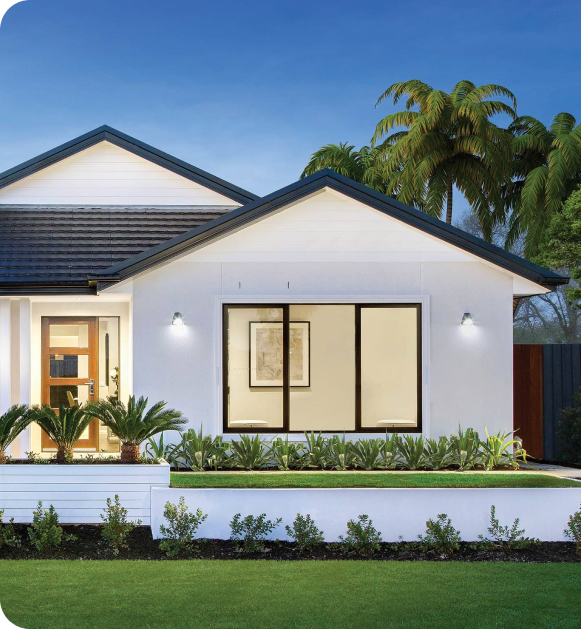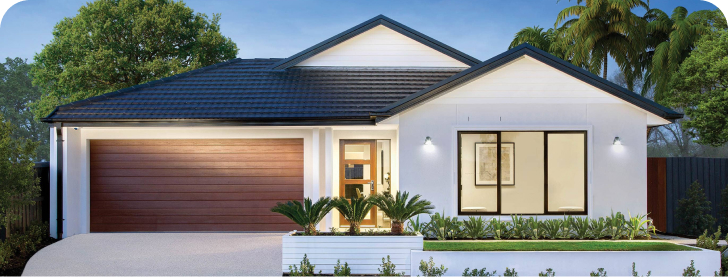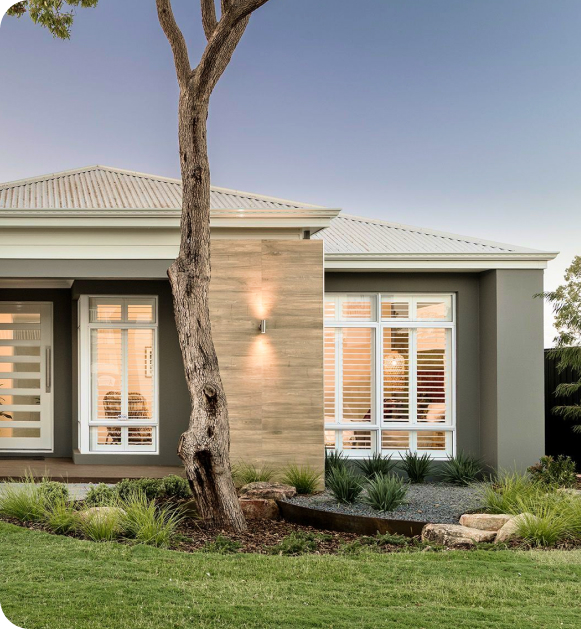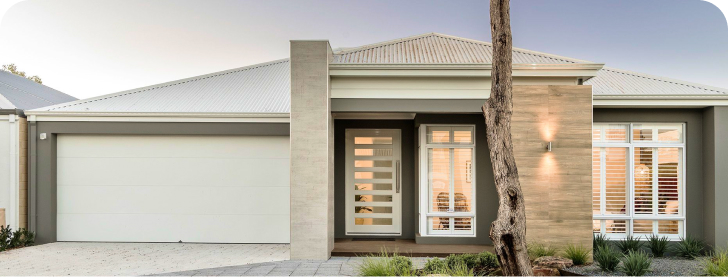
In recent years, accessory dwelling units have become an incredibly popular housing solution. An accessory dwelling unit (ADU) is a secondary housing unit that dwells on a single-family lot where the primary house stands. Also called granny flats, ADUs play a significant role in today’s housing market, as they can soon become affordable homes that almost all people can rent if they have no savings to purchase their own full-fledged houses.
In this article, we will discuss this topic and give homeowners some tips on creating a sense of community in the rented-out spaces.
Nowadays, many communities organize gatherings. For example, neighbors gather for a movie, game night, or dinner. We recommend that homeowners help people living in the ADUs built on their land plots socialize and get to know each other better.
There are some other benefits of community events, such as the development of local businesses and, thus, improving the standard of living as a consequence and providing an opportunity to address issues that are topical for the neighborhood.
Since the permitting process can be quite exhausting and a lot of challenges may occur, some homeowners are so focused on the implementation of all ADU rules and compliance with a zoning code that they forget about some crucial features of any safe space. For example, they think about whether there are enough square feet in each ADU and whether an additional parking lot had a solid outline, but as soon as the ADU development process is over, they forget about the fact that creating a sense of community is a long process that requires time, money, and effort after the construction is through, too.
Even though each tenant living in an ADU can use a separate entrance and live privately, it is much better when neighbors have opportunities to interact with each other. By making some shared communal areas, you create a safe space and strengthen the sense of community. We recommend planning some shared recreation areas such as a dining area, cinema, outdoor swimming pool, and gym, as well as co-working that both residents of ADUs and a primary dwelling can use.
By organizing community meetings and forums, you may not increase the level of rental income, but you will surely have other benefits, such as creating a sense of community, safety, and engagement that will certainly lead to attracting new tenants and increasing interest in your local community living in ADUs. It is highly recommendable that not only the residents of the main house but also people living in detached ADU discuss property development and face challenges together. Make sure to create opportunities for open discussion to develop the neighborhood together and take action to make housing units as comfortable as possible.
If you are looking forward to creating a tight-knit community of locals that share the same values and are willing to work towards the neighborhood development but do not know how to make local meetings and discussions effective and aimed at a comprehensive solution of problems, we will recommend creating a resident-led government body. The main idea is that you create a full-fledged council of locals that has its own chairman and cooperates with government agencies to achieve the best result concerning finding a solution for major local issues. In addition, you should make sure that all communities in the households have equal representation and that all people living in the neighborhood have an opportunity to voice their opinions, needs, and wishes.
Sharing resources, knowledge, and skills is essential for creating a strong sense of community. Even when we are talking about short-term rentals, homeowners can create a unique atmosphere and feeling of home for tourists who stay for a couple of days. Today, people are considering travel as a complex experience that includes accommodation as well. When people living in a primary dwelling share books, household items, amenities, and working tools with people living in ADUs, they create a sense of interconnection and collaboration. You can even build a full-fledged community center – a building where all the locals can gather to practice co-working and exchange skills and knowledge by communicating or helping each other with various tasks.
What is more, nowadays, the majority of people are interested in sustainable living. This trend includes sharing things and experiences in order to reduce waste and save budget on buying products that can be used more than once by various people.
Another way to create a tight-knit community is by providing access to educational activities and other classes. If a homeowner living in a larger house, people renting ADUs, or living spaces in the nearby buildings in the neighborhood can all have access to the same activities, they will definitely know each other better and even become friends. It is only a fact that shared hobbies unite people.
Moreover, it is always great to learn something new and get more educated. It will also be a great way to increase the overall level of your own safety. You can improve your community and make it more appealing to live in by providing interactive activities and classes for all locals.
All modern co-livings, including ADUs, are based on the ideas of inclusivity and diversity. It means that safety in the apartment is predominant to all the residents. Nationality, age, gender, sexual orientation, religion, and other characteristics cannot serve as a reason for refusing to provide housing and join the local community. Moreover, what makes changing experiences within the community especially exciting is diversity. People take pride in their uniqueness and are happy to share their own experiences and knowledge. When people with various backgrounds unite in one community, they are likely to achieve even more and be extremely productive together, since they complement each other and take advantage of each other’s skills and knowledge.
If you want to create a community of people who share values and interests, it may be a good idea to introduce a mentorship program. Mentors are residents of the community who have been living in it for a long time. They may help new residents get used to it, understand the local rules and living arrangements, and share tips on using available resources and amenities. Moreover, there are now some communities where people are engaged in the same working group.
For example, IT specialists may live together due to the fact that they share some professional goals. In this case, mentors can even help new residents with integration into the local business and help with a job search.
Sometimes, you do not even need additional financing in order to create a sense of community. You can start by implementing actions that are free of charge but will surely make the community stronger. Most communities get on a common sense of security and trustful bonds. Therefore, what we recommend doing after completing ADU development and starting to rent a unit out is creating an atmosphere of open communication. It means that you, as a homeowner, care about people staying in the ADU that you rent out.
It is not only about getting a rental income from a new construction but also about constant communication with a tenant. Make sure that you ask a tenant if they are comfortable and have all the things essential for a great stay. We also recommend thinking through various channels for communication and leaving feedback, such as an open comment section on the rental website.
Sometimes it is hard for tenants to give honest feedback face-to-face, so people value an opportunity to send a private message to homeowners.
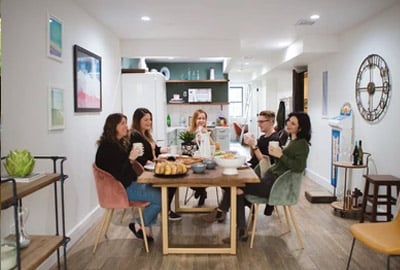
To create a real community and involve residents in the development of the neighborhood, we recommend that homeowners think over a couple of scenarios, thanks to which tenants can feel that their opinions are taken into account when the local community makes important decisions and their actions matter. You may be surprised, but many people are willing to improve the quality of life in the area outside the property lines to have a sense of community and make a difference to show their appreciation. If there are no clean-up days, charity fundraisers, and other socially significant events that all local residents can attend, you can organize them. They do not require additional financing but will help you build a strong local community, attract new tenants, and, therefore, increase your rental income in the future.
An accessory dwelling unit (ADU) is a housing unit built on the same lot where the main residence is located. It can be used as a co-living residence and rented out. Thus, after completing the ADU construction, homeowners can generate extra income. However, the most significant feature of ADUs is their affordability for potential tenants. In the article, we have discussed the advantages of ADUs and the opportunities associated with them in detail. Read it to find out more about ADU’s benefits.
Accessory dwelling units have a great number of advantages, such as affordability, safety, the feeling of belonging to a community, and others. The only disadvantage of ADUs is associated with the need to carefully study the local zoning code and obtain numerous building permits necessary for updating the living space. It can take some time and effort, but the result is worth it.
Nowadays, we are witnessing a serious housing crisis in California. There is no doubt that this state is an extremely popular place for living. As a result, today, it may be difficult to find affordable housing units in major cities such as Los Angeles or San Francisco. However, you can live in an ADU. You not only pay significantly less than for a full-fledged house but also become a part of a community of neighbors. Finding friends in a big city is quite a challenge, so it is excellent when you have people to share experiences and emotions with.
Firstly, an ADU is a great source of passive income. You pay developers only once and can take advantage of an ADU as a source of rental income for the rest of your life. Secondly, the cost of construction work is relatively low. Thirdly, the construction process is much faster than building a full-fledged home. Last but not least, you have an opportunity to live in a primary dwelling while an ADU is in construction.


